Centro Conmemorativo de la Guerra (전쟁기념관)
2.6Km 5493 2022-10-05
Itaewon-ro 29, Yongsan-gu, Seúl.
El lugar donde se construyó el Centro Conmemorativo de la Guerra era el cuartel de la Infantería Nacional. Para la construcción de este centro se consultaron a diferentes expertos de variados campos y se realizaron exhaustivas investigaciones para completar las exhibiciones. Este centro conmemorativo es el establecimiento más grande del mundo dedicado al tema de la guerra. Aquí puede visitar las 8 exposiciones: la exhibición Hongukchumo, la exhibición de la historia de las guerras, la exhibición de la Guerra de Corea, la exhibición de la expedición de soldados al extranjero, exhibición del desarrollo militar, exhibición de los grandes aviones, la exhibición al aire libre, etc. La exhibición Hogukchumo fue fundada en honor a los espíritus de los heridos durante la batalla.
También se exhiben diferentes tipos de armas y grandes equipamentos militares dentro y fuera del edificio. En la exhibición dentro del edificio se exponen armas y avíos utilizados durante la Guerra de Corea y los utilizados en los diferentes países durante la II Guerra Mundial y la Guerra de Vietnam para que puedan ser comparados. En la exhibición del segundo piso, se pueden ver muchos tipos de materiales de defensa tanto reales como muestras. En la exhibición de armas Bangsan puede encontrar armas y equipamento de guerra producidos en Corea. En la sala de almacenamiento del centro conmemorativo se preservan 17.800 columnas y artefactos de guerra. Se instalaron modernos dispositivos de preservación y control de daños para mantener estos materiales intactos. Además, puede visitar la exhibición miniatura o el Pabellón de la Paz. Hay un sitio de conferencias donde se dan clases con temas de la guerra. Si hay algún libro que desee leer sobre guerras, puede dirigirse a la librería de este centro, donde también encontrará folletos y libros militares y suvenires. Los restaurantes de comida rápida y tiendas se encuentran fuera del edificio.
Dolgorae Hoetjip (돌고래횟집)
2.6Km 59 2021-03-26
101, Yulgok-ro 8-gil, Jongno-gu, Seoul
+82-2-765-3612
A great place for group dining and gatherings. This Korean dishes restaurant is located in Jongno-gu, Seoul. The most famous menu is sliced raw fish.
Best Western Premier Hotel Kukdo (베스트웨스턴 프리미어 호텔국도)
2.6Km 19675 2020-04-04
164, Eulji-ro, Jung-gu, Seoul
+82-2-6466-1234
The Best Western Premier Kukdo (opened on March 1, 2007) was the first Best Western in Korea. Since then, the Best Western chain has expanded to include 15 different facilities (a total of 1,900 guestrooms) located all around the country.
Best Western Premier Kukdo offers subsidiary facilities such as a fusion restaurant, sky lounge, fitness center, and business center. Each of the 295 guestrooms has a bidet and high speed internet. Double rooms have a shower booth, while twin rooms have a bathtub.
From the sky lounge (21F) guests can get a great view of Bukhansan Mountain, Cheongwadae, Dongdaemun shopping center, and Myeongdong, not to mention a bird’s-eye view of Seoul nightscape. The hotel also offers VIP rooms that can accommodate up to 20 people and a number of other conveniences that makes this an ideal choice for those traveling for business. Myeongdong and Dongdaemun are only a 10-20 minutes away on foot.
Wan Chai (완차이)
2.6Km 10211 2019-04-10
50-7, Myeongmul-gil, Seodaemun-gu, Seoul
+82-2-392-0302
Wan Chai is a Chinese restaurant with a name meaning "spicy," and is a must-visit for those who love spicy food. Rather than the original spicy Chinese Sichuan cuisine, a small amount of Korean spices have been added to create even better tasting dishes.
The most popular item on the menu is a large plate of reddened mussels known as the Extra Spicy Stir-fried Mussels. The dish is a mixture of spicy red peppers, garlic, and spicy sauce, stir-fried to perfection. Many customers also come in for the gul jjamppong (spicy noodle soup with oysters). Even the jajangmyeon (noodles in black bean sauce) tastes great here, with clean-tasting black soy bean sauce. Finally, for dessert, lychee is served, a unique treat to finish off a meal at Wan Chai.
Onion (Sucursal de Anguk) (어니언 안국)
2.6Km 0 2024-04-18
Gyedong-gil 5, Jongno-gu, Seúl
Valle Suseong-dong (수성동계곡)
2.6Km 0 2023-08-17
Okin-dong 185-3, Jongno-gu, Seúl
Sarangchae de Cheong Wa Dae (청와대사랑채)
2.6Km 5151 2023-05-30
Hyoja-ro 13-gil 45, Jongno-gu, Seúl
Sarangchae de Cheong Wa Dae es un espacio donde los visitantes pueden aprender sobre cultura coreana y la historia de los presidentes de Corea. Los visitantes pueden también conocer algunas anécdotas e historias relacionadas con Cheong Wa Dae y sentir el encanto de hacer turismo en Corea.
Gyerim Sikdang (계림식당)
2.6Km 6019 2021-03-19
39, Donhwamun-ro, 4-gil, Jongro-gu, Seoul
+82-2-2266-6962
This is a Korean cuisine located in Jongno, Seoul. The best menu at this restaurant is spicy braised chicken. Try Korean spicy chicken dishes.
Yukjeon Hoekwan (역전회관)
2.6Km 4166 2021-04-20
47, Tojeong-ro 37-gil, Mapo-gu, Seoul
+82-2-703-0019
Yukjeon Hoekwan has served Bassak bulgogi and Seonji baekban (Korean set menu with blood cake) since 1962, opposite of Yongsan Station. It has kept its original taste through three generations of operations.
Moonguesthouse [Korea Quality] / 문게스트하우스 [한국관광 품질인증]
2.6Km 17151 2020-09-09
31-18, Samil-daero 32-gil, Jongno-gu, Seoul
+82-2-745-8008, +82-10-8704-9981
The Moon Guesthouse is situated near a number of interesting tourist destinations including Unhyeongung Palace (3min on foot), Bukchon Hanok Village (5min on foot), Changdeokgung Palace (5min on foot), and Changgyeonggung Palace (10min on foot). The guesthouse was named ‘moon’ (‘door’ in English) because it has many 176 doors and windows. Upon entering by the gate, visitors will see a ‘ㄷ’-shaped hanok building in the courtyard, in which a wooden bedstead and a table are placed. On the opposite of the hanok building there is a wall roofed with tiles engraved with Korean patterns such as deer, pine, turtle, etc. Flowers in the flowerbed lined up along the wall are in bloom and the bonsai are also well-kept in the house. Renovated and opened as a guesthouse in September 2011, Moon Guesthouse consists of a bonchae (main building) and a byeolchae (detached house). The rooms are decorated with red clay and hanji (traditional Korean paper handmade from mulberry trees), and have under-the-floor heating (ondol). Each room is equipped with an air-conditioner, and has a 40cm-thick layer of red clay over the ceiling for insulation, making the rooms cool in summer and warm in winter. The house has seven individual guestrooms and five modern bathrooms, but the entire building (bonchae or byeolchae) can be rented, too. In particular, the unhyeondang of the bonchae is very popular as it can be converted into one large space for special events, group workshops, etc. simply by opening all the sliding doors (Bunhapmun – Goryeo construction style). This room, which is decorated with a flower-patterned windscreen, a landscape painting, and calligraphy, has been used as a shooting location for various TV programs including KBS2’s TV reality program Man’s Qualification and its variety show The Human Condition. The guestrooms are also equipped with traditional furniture including a cabinet inlaid with mother-of-pearl. The guesthouse also provides a variety of experience programs from 11am to 3pm, including tea ceremony, wearing Hanbok (traditional Korean clothes), making kimchi and gochujang (red chili paste), playing a traditional musical instrument, making a rubbing of a stone inscription, calligraphy, drawing orchids on a fan, and so on. The house has about seventy hanbok and other clothing accessories, as well as a royal costume. Its calligraphy and drawing orchid programs are run directly by the owner, who used to work as a classical Chinese teacher at a high school.
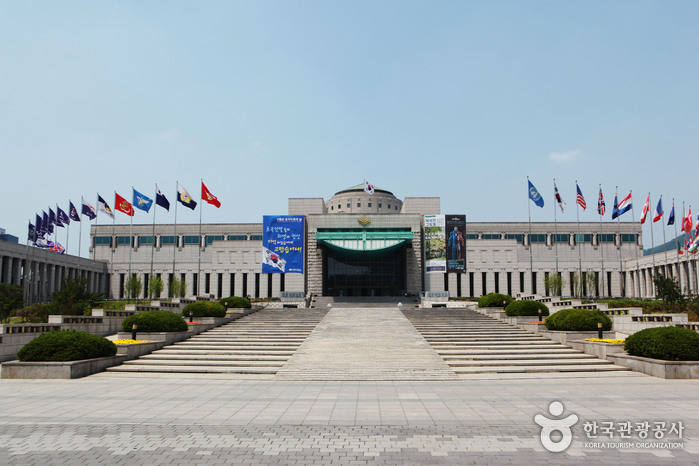
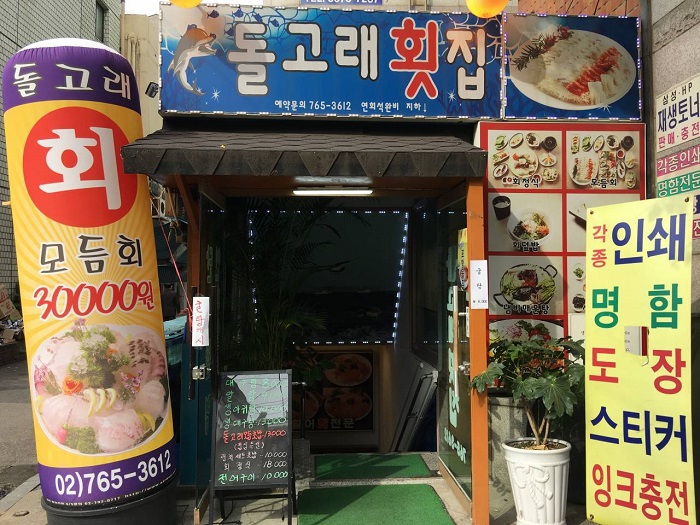
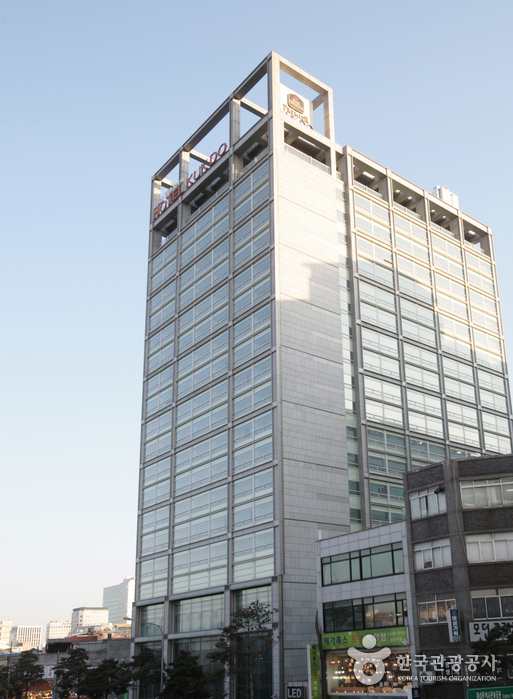
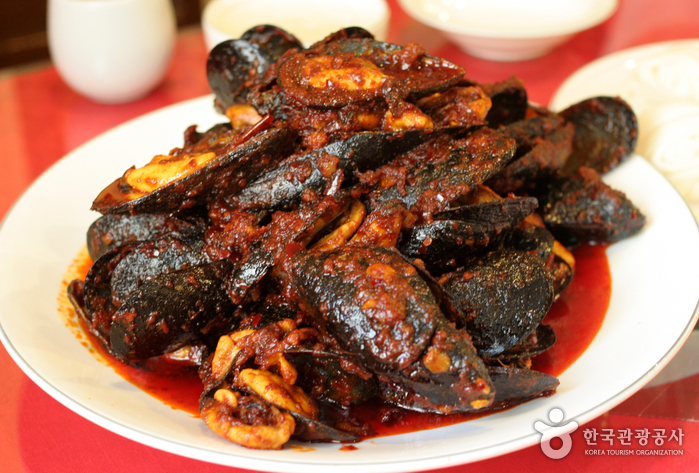
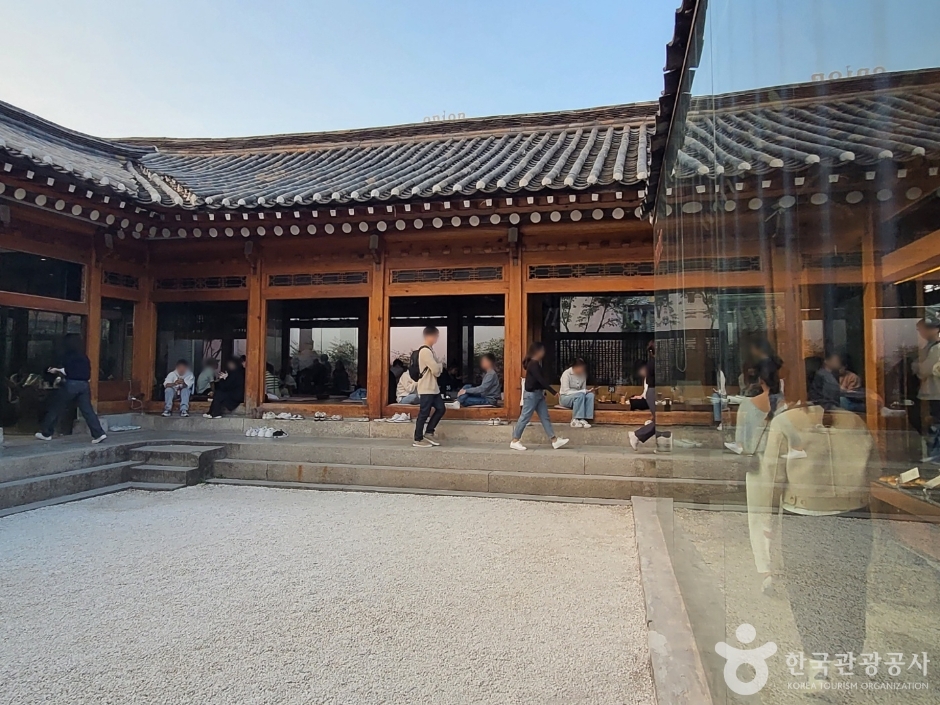
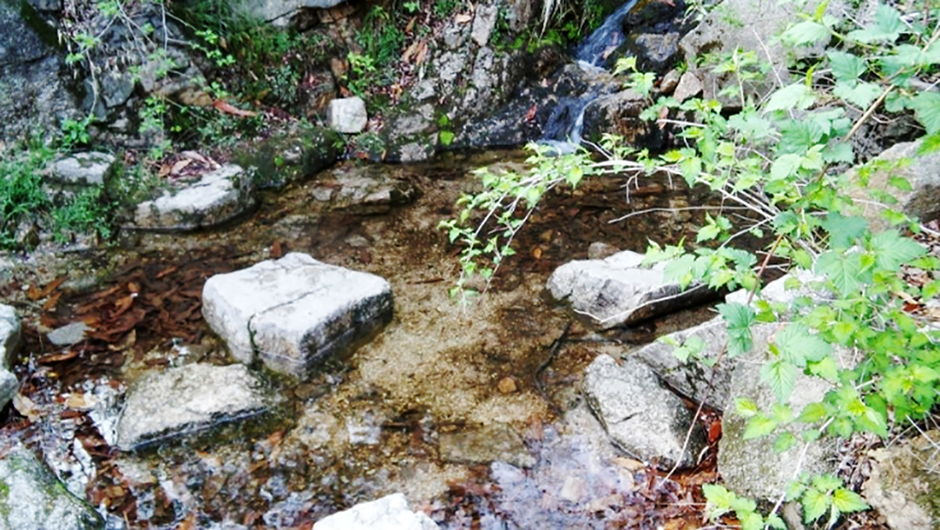
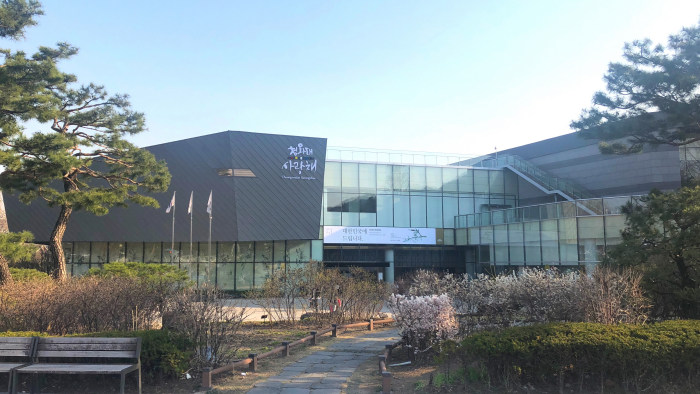
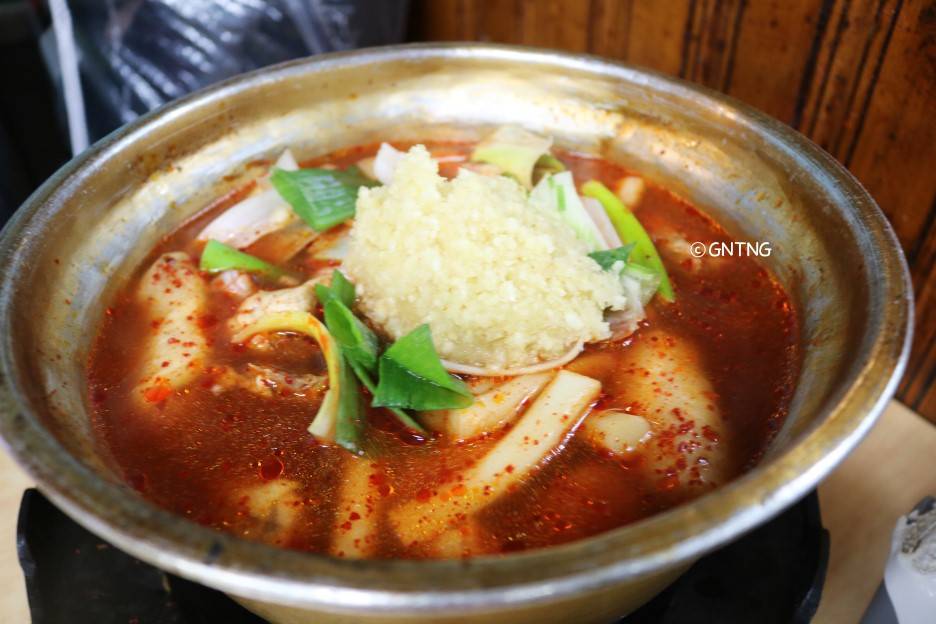
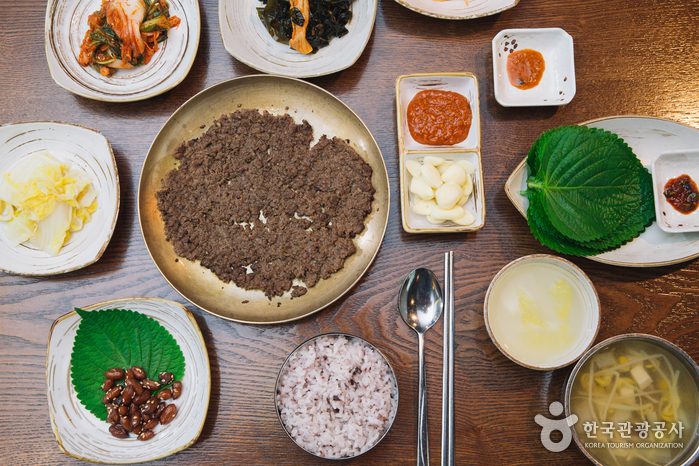
![Moonguesthouse [Korea Quality] / 문게스트하우스 [한국관광 품질인증]](http://tong.visitkorea.or.kr/cms/resource/09/2577509_image2_1.jpg)
 Español
Español
 한국어
한국어 English
English 日本語
日本語 中文(简体)
中文(简体) Deutsch
Deutsch Français
Français Русский
Русский